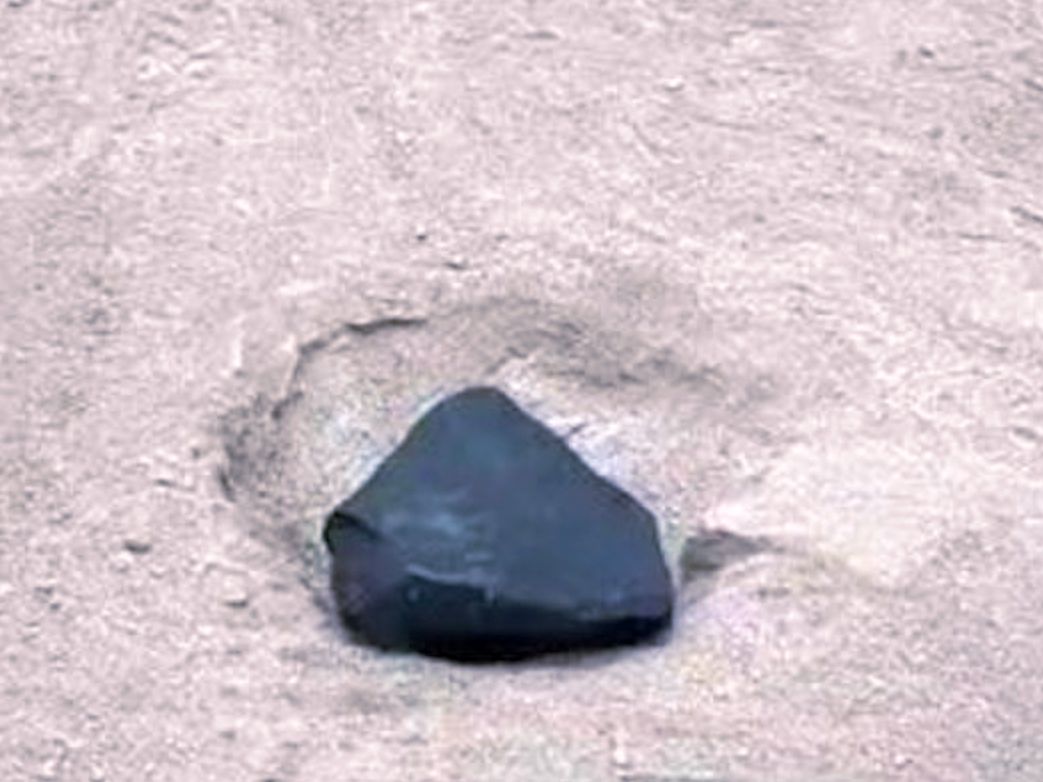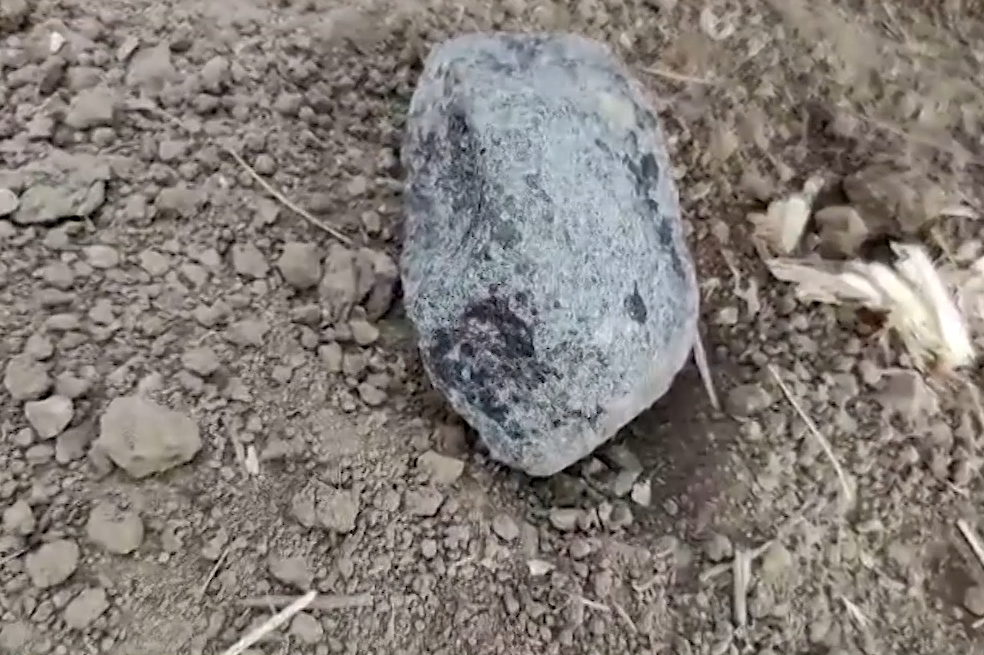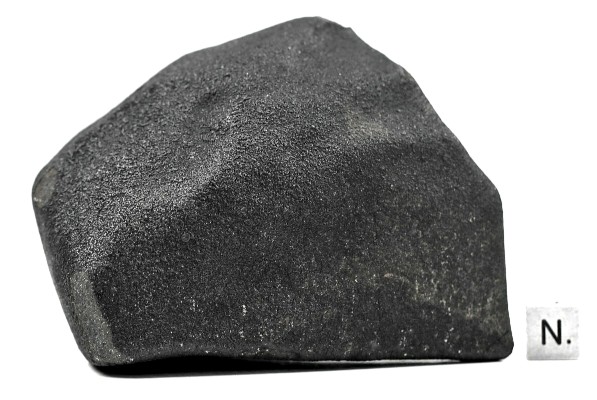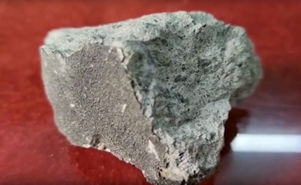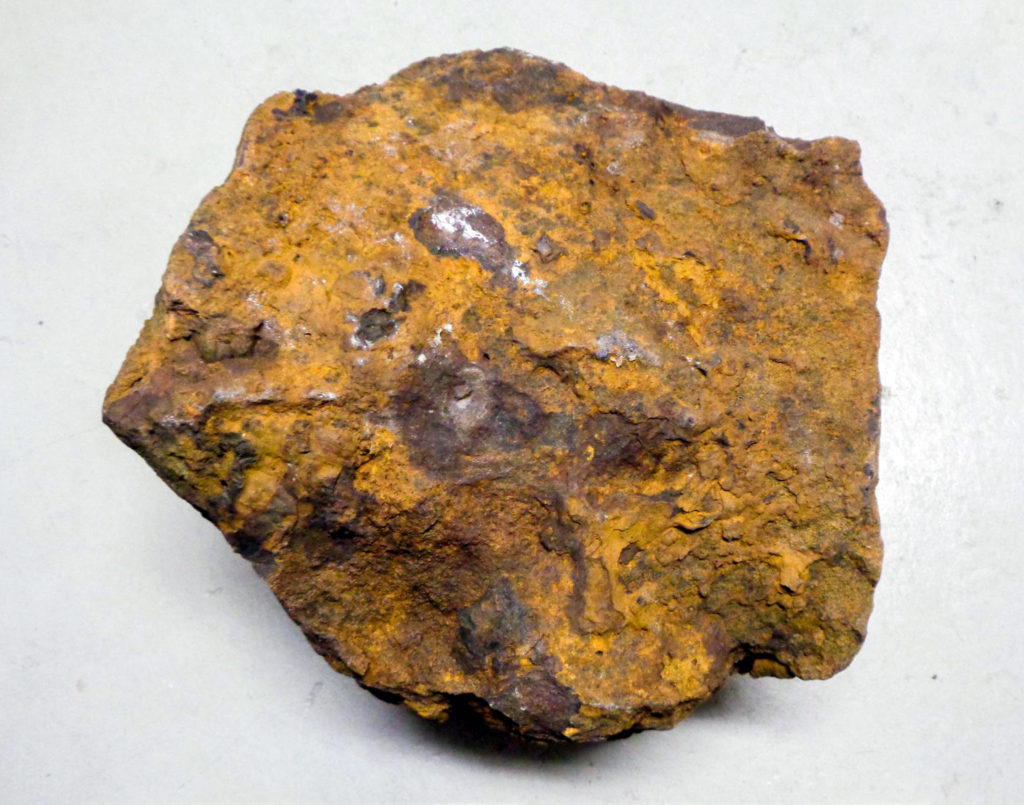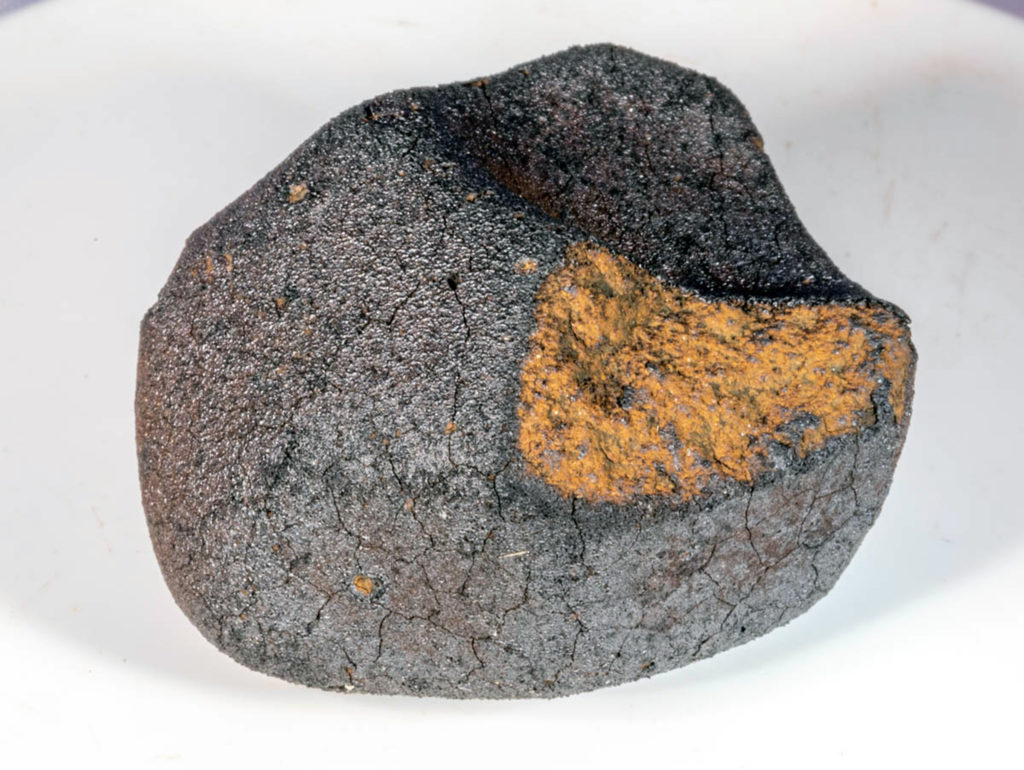Loss and accretion of moderately volatile elements K and Na in Australasian microtektites from Antarctica
M. Del Rio, L. Folco, E. Mugnaioli, S. Goderis, M. Masotta
Geochimica et Cosmochimica Acta
In Press, Journal Pre-proof, Available online 12 March 2025
“Recent studies on alkali metals, Ar-, Fe- and K-isotope distribution in Australasian microtektites have revealed the complex interplay of multiple fractionation processes in establishing their moderately volatile elements record, particularly in those deposited in Antarctica, most distal from the hypothetical source crater. To provide a better understanding of moderately volatile elements fractionation during microtektite formation, we studied the distribution of K, Na, Rb and Cs in twenty-seven Australasian microtektites from Antarctica ranging in size from 180 to 680 µm. Compositional profiles were determined using electron probe microanalyses (major elements) and laser ablation-inductively coupled plasma-mass spectrometry (trace elements), following a petrographic study at the nanoscopic scale by means of scanning and transmission electron microscopy. The Australasian microtektites from Antarctica contain nanometer-sized, partly digested lechatelierite inclusions and rare vesicles, and record significant moderately volatile elements depletion (Na2O = 0.30 ± 0.07 (1σ) wt%; K2O = 0.94 ± 0.25 (1σ) wt%) relative to: i) upper continental crust (Na2O = 3.46 wt%; K2O = 3.45 wt%), ii) microtektites from deep sea sediments (Na2O = 1.15 ± 0.43 (1σ) wt%; K2O = 2.47 ± 0.82 (1σ) wt%), and iii) Australasian tektites (Na2O = 1.20 ± 0.19 (1σ) wt%; K2O = 2.43 ± 0.24 (1σ) wt%). They are also characterized by moderately volatile elements enrichments at their rims (up to ∼ 2.7x for K2O; ∼1.6x for Na2O), and the enrichment factor typically decreases with increasing diameter. Lastly, there is an inverse correlation between bulk Na2O content (but not K2O) and diameter. We propose that the most distal Antarctic microtektites originated as impact melt droplets and not as vapor condensate spherules. Their moderately volatile elements geochemical budget was established through three subsequent stages of fractionation in the context of a hypervelocity impact. 1) Gross Na and K and other moderately volatile elements loss which occurred during the melting and vaporization of the target precursor materials. 2) Re-accretion of Na, K and other moderately volatile elements from the condensation of a hot gas envelope of vaporized target materials onto volatile depleted droplets cores. 3) Size-controlled partial evaporation of (mainly) Na, caused by aerodynamic drag heating, during deceleration from high ejection velocities either during the decoupling from the hot gas envelope in ambient air, or during atmospheric re-entry, as suggested by alkalis and Fe-isotope data in the literature. The late accretion of K vapor also provides plausible explanations for the contamination by extraneous Ar and K-isotopic systematics reported in the literature.”

